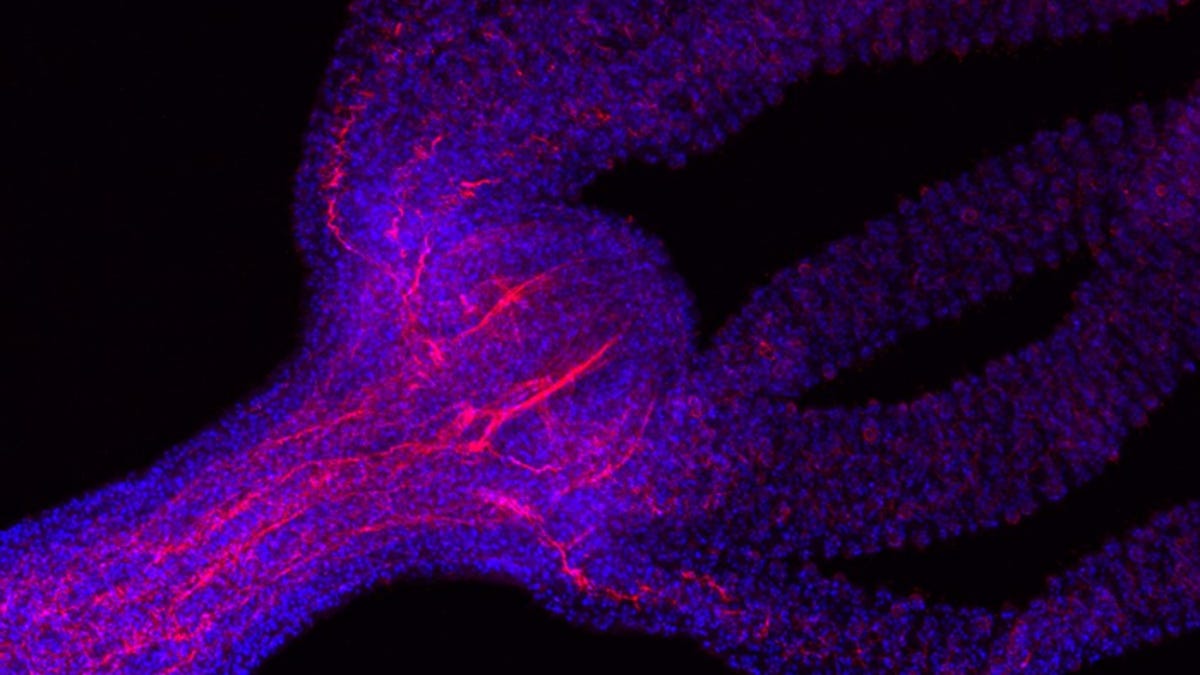Scientists unravel genetic secrets that help hydras regrow their heads
And some of the genetic programming for this regenerative superpower may have been passed down to humans.

Hydras are regenerative all-stars.
Scientists have new insights into the workings of hydras, one of the few animals that can, arguably, live forever.
Hydras are tiny organisms related to jellyfish. They have simple bodies, made up of a cylindrical tube called a body column, with a head structure at the top and a sticky foot on the opposite end (which they use to hold themselves in place). What's remarkable about hydras is that they don't seem to age, thanks to some incredible regenerative powers. Chop off a hydra's head and it just grows right back.
This process has long been a source of fascination for researchers eager to understand how it works down to the genetic level. A new study published Wednesday in Genome Biology and Evolution digs into how a hydra's genes are regulated -- a field known as epigenetics -- and how this allows the creature to regenerate its own head.
A key finding is that the process for head regeneration is different than the one for reproducing, which happens through an asexual process called "budding." Hydras reproduce by forming "buds" along the body column that eventually develop into new, independent animals with their own heads.
"Even though the result is the same (a hydra head), gene expression is much more variable during regeneration," says Aide Macias-Muñoz, a biologist at the University of California, Irvine and the paper's lead author.
The study provides some new insights into the processes behind regeneration, which have been something of a mystery to scientists. It finds that hydras use sequences of DNA called "enhancers" that regulate regeneration on the genetic level.
Macias-Muñoz says this suggests some of the mechanisms hydras use were passed down through evolution, and may even have made it all the way down to mammals, including humans.
This prompts some fascinating questions: If some of the same genetic programming that allows hydras to regenerate was passed down to humans, then is the fountain of youth present in the guts of our own cells, just waiting to be tapped?
Unfortunately, we're still far off from being able to answer such massively consequential questions, but Macias-Muñoz and colleagues believe digging deep into the genomes of hydras and other species is an important step down that road.

